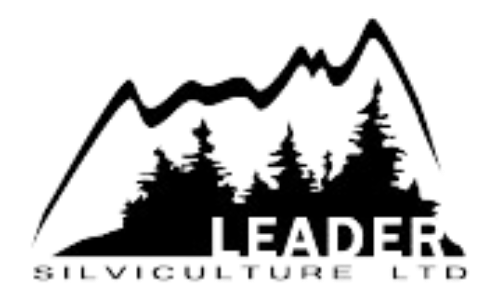So You Want to be a Brusher?
Now that brushing season is right around the corner, some of you are probably wondering whether you should plant up north for the summer, or stick around and try your hand at brushing… If this sounds like you, here are a few factors you may not have considered:
Brushing Pros and Cons
Pros:
Faster learning curve than planting
Planting experience makes looking for crop trees and spacing second nature
Uses a different set of muscles: Although brushing is not physically easy, it gives your planting muscles a chance to recover - Just make sure to get a good hardness
Work until the end of October.
Cons:
Large upfront investment:
Realistically, almost $2,000.00 (you’ll need jet packs and a good harness)
You get shut down in high fire hazard periods
You’ll need an understanding of your tools, and must spend time maintaining them to keep them in good working order.
You’ll need to learn how to sharpen your blade properly when cutting bigger stems.
Recommendations:
Keen to get started in the brushing industry? Here are a few of our tips for rookie brushers.
Our Recommended Brush Saw:
Stihl 460 or 360
Learn more about the product here: Link
Start with Herbaceous Brushing
Herbaceous brushing is much easier to start with, as you will be using a triangular blade, which requires less maintenance.
Woody Stand Brushing Has Learning Curve
Woody stand brushing can take a while to master, especially when dealing with large coppices. Understanding the principles of cutting with a circular blade, and knowing how to properly sharpen your blade, is essential for productivity.



